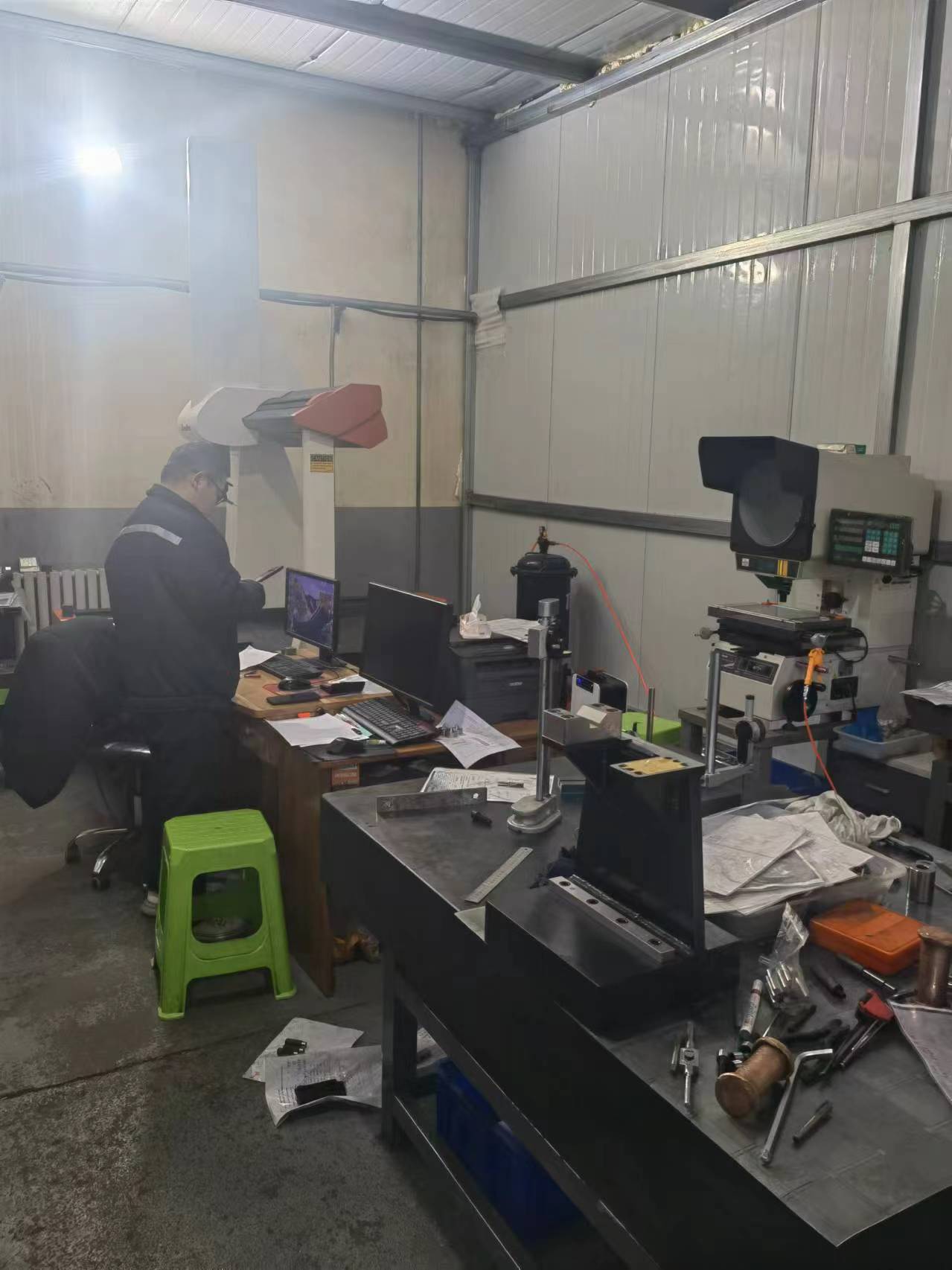Nov . 26, 2024 03:11 Back to list
thread ring gauge standard
Understanding Thread Ring Gauge Standards
Thread ring gauges are precision instruments utilized in manufacturing and quality control to measure the external dimensions of threaded components. They serve as indispensable tools for ensuring that threaded parts fit together correctly, which is crucial for various industrial applications. The significance of standardizing thread ring gauges lies in their ability to ensure compatibility and functionality among threaded components across different manufacturing processes.
Definition and Function
A thread ring gauge is a cylindrical tool featuring internal threads that conform to the specifications of a given standard thread profile. These gauges are categorized primarily into two types go gauges and no-go gauges. The go gauge checks whether a threaded part is within acceptable limits, while the no-go gauge ensures that it does not exceed maximum size tolerances. The effective use of these gauges guarantees that manufactured threads will engage adequately and resist failure during use.
Importance of Standards
The manufacturing of threaded components often takes place in diverse environments, utilizing varying equipment and materials. As a result, discrepancies in thread dimensions can occur, leading to compatibility issues. Hence, international standards are crucial in providing uniformity. Organizations such as the American National Standards Institute (ANSI), the International Organization for Standardization (ISO), and the German Institute for Standardization (DIN) develop and publish standards that specify thread dimensions, tolerances, and gauge specifications. These standards ensure that manufacturers adhere to consistent norms, thereby increasing the reliability of threaded joints.
Thread Gauge Specifications
The standards for thread ring gauges typically specify the following parameters
thread ring gauge standard

1. Thread Profile This includes the shape and dimensions of the thread, which can vary, such as Unified National Thread (UN), metric threads, or British Standard Whitworth (BSW). Each profile has unique specifications governing its geometry.
2. Tolerances Tolerances dictate how much deviation from the nominal thread dimensions is permissible. These standards are critical for determining the 'fit' between engaging parts, influencing how tightly or loosely they will assemble.
3. Material and Treatment The materials used for gauges, such as tool steel or carbide, along with any necessary heat treatment processes, are specified to ensure durability and precision in measurements.
4. Calibration and Certification Regular calibration against master gauges is necessary to maintain accuracy over time. Certification from recognized standards organizations assures users that the gauges meet prescribed tolerances.
Application Across Industries
Thread ring gauges find applications across various sectors, including automotive, aerospace, and manufacturing. In these industries, the integrity of threaded connections is paramount for safety and performance. For instance, in the aerospace sector, any failure in threaded joints can have catastrophic consequences. As such, stringent adherence to thread ring gauge standards helps mitigate risks associated with these essential components.
Conclusion
In summary, thread ring gauge standards play a pivotal role in the manufacturing and quality assurance processes of threaded components. By adhering to internationally recognized specifications, manufacturers can ensure that their products meet necessary safety and functionality criteria. The standardized approach not only promotes interoperability between components but also enhances the overall reliability and performance of assembled products in critical applications. As industries continue to evolve, the importance of these gauges will only grow, underpinning the need for precision in an increasingly interconnected world.
-
Thread Plug Gauge Our Promise of Measurement ExcellenceNewsAug.22,2025
-
Gauge Pin Class Reflecting Quality LegacyNewsAug.22,2025
-
Check Valve Types for High Rise BuildingsNewsAug.22,2025
-
Water Control Valve for Irrigation SystemsNewsAug.22,2025
-
Gate Valve with Soft Seal TechnologyNewsAug.22,2025
-
Y Type Strainer for Oil and Gas ApplicationsNewsAug.22,2025
Related PRODUCTS









